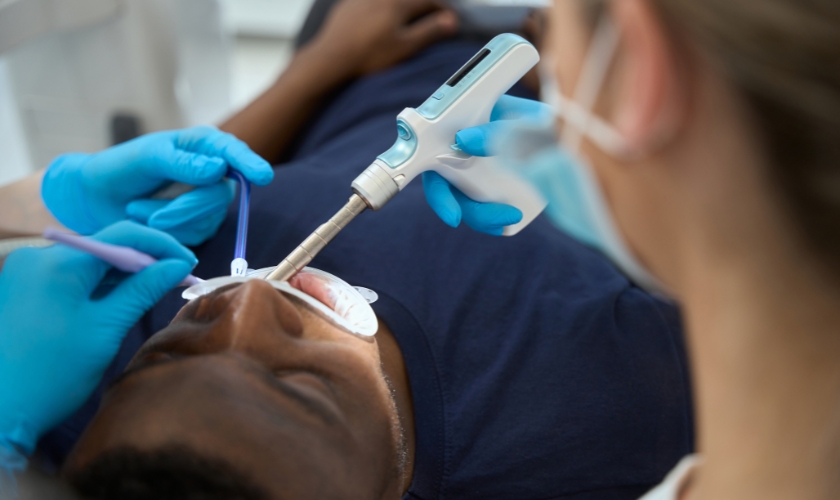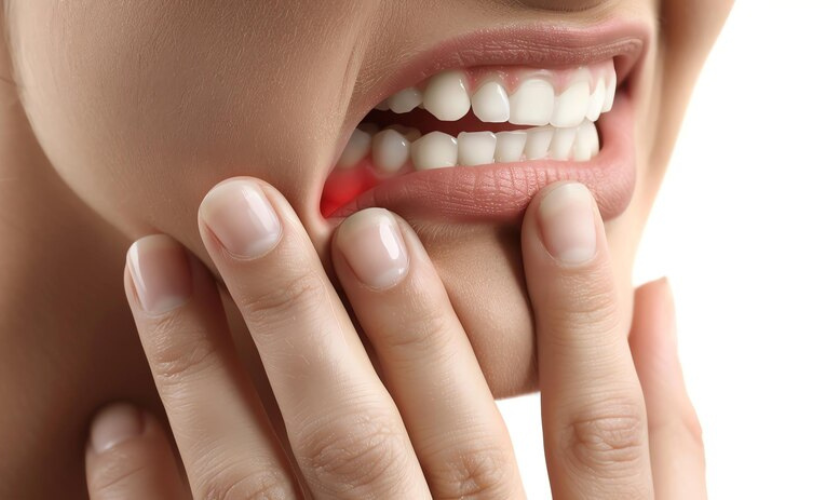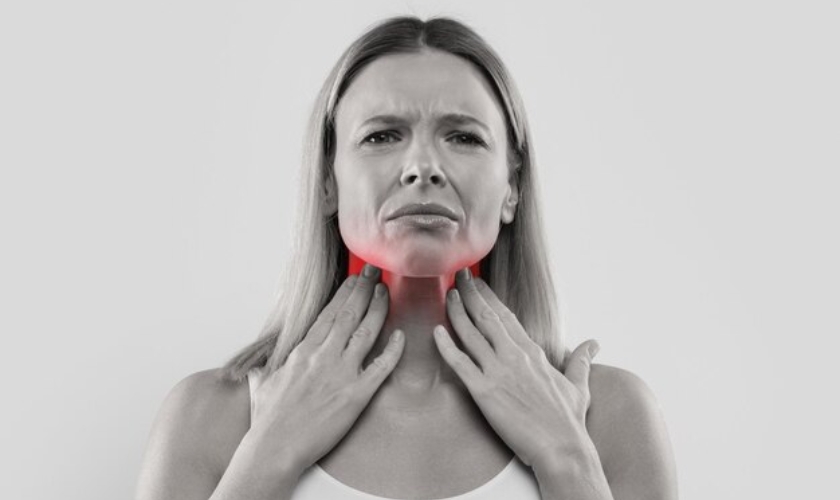
If your dentist has informed you of gum disease, rest assured, you’re not alone. A recent study by the Centers for Disease Control and Prevention (CDC) revealed that nearly half of Americans over 30 are affected by this condition, also referred to as periodontitis. Left untreated, gum disease can lead to tooth loss; however, in today’s world, there exist numerous effective treatment options to prevent such outcomes. This article aims to delve into the symptoms, risk factors, and various treatment methods associated with gum disease. Our goal is to equip you with the knowledge necessary to make informed decisions regarding the management of your gum disease.
Gingivitis to Periodontitis
Inflammation serves as a significant indicator of gum disease, functioning as the body’s defense mechanism against infection. Think of it as akin to a blowfish expanding to deter predators. While dealing with inflamed gums might not be desirable, it’s essential to recognize and address the signs of gum disease. The progression of gum disease is gradual and often insidious.
Gingivitis, the initial phase, emerges when bacterial plaque isn’t adequately removed from the teeth. Without intervention, gingivitis can advance to periodontitis. The toxins produced by plaque accumulation can inflict harm on the gum tissue, bone, and ligaments that support the teeth. If the infection spreads to the bone and supporting tissues, teeth may become loose and necessitate extraction. However, even in severe cases, periodontal disease can be intercepted before reaching this stage.
Early Prevention and Reversal of Gingivitis
Curious about whether periodontal disease is reversible? While addressing advanced gum disease may necessitate more intricate interventions, it’s indeed possible to reverse gingivitis through daily brushing, flossing, and regular professional dental care, as affirmed by the National Institute of Dental and Craniofacial Research (NIDCR). Your consistent at-home oral care regimen plays a pivotal role in combating gum disease, so it’s important to select products that suit your preferences.
For individuals who aren’t fond of traditional flossing, water flossers come recommended by the NIDCR for effective interdental cleaning. Additionally, contemplate incorporating mouthwashes specifically formulated to treat gingivitis into your oral hygiene routine. Your dentist might propose a prescription-strength antimicrobial mouthwash to target bacteria in hard-to-reach areas.
Maintaining awareness of your diet is essential; steer clear of sugary foods and beverages that contribute to tooth decay. Instead, opt for a well-balanced diet abundant in hydration, vegetables, fruits, whole grains, meats, and dairy to bolster a robust immune system capable of combating disease.
Common Gingivitis Risks
Gum disease arises when the harmful bacteria present in plaque on your teeth elicit a response from your body. Although bacteria are primary contributors, several other factors can exacerbate the condition. These factors encompass smoking, hormonal fluctuations in females, medications that induce dryness in the mouth, and diabetes, which can compromise the body’s capacity to combat infections. The National Institute of Dental and Craniofacial Research highlights that genetic predispositions within families can heighten the likelihood of experiencing severe gum disease.
Early Signs of Gingivitis
Swollen and bleeding gums are frequently recognized as the primary indicators of gingivitis; however, there are several additional symptoms to be mindful of. Identifying and addressing early signs of gingivitis facilitates the prevention of the disease’s progression before it affects the bone supporting the teeth. Below are the reversible signs and symptoms of gingivitis to monitor:
- Red or swollen gums (in contrast to healthy gums, which are pink and firm)
- Gum bleeding during brushing or flossing
- Persistent bad breath
- Excessive tartar buildup
- Tooth sensitivity
Types of Gum Disease
Various types of periodontal disease exist, with the following being the most prevalent:
- Chronic gingivitis: This presents as a milder, reversible form of periodontal disease, typified by inflammation, redness, and bleeding gums. Importantly, gingivitis is not associated with bone loss and is easily preventable.
- Aggressive periodontitis: This type entails rapid loss of gum attachment and bone destruction over a short period.
- Chronic periodontitis: This stands as the most common form of periodontitis, characterized by slow progression.
- Necrotizing periodontal disease: This infection arises from the death of gum tissue surrounding the tooth and adjacent bone. Common symptoms include foul odor and painful bleeding gums.
Professional Treatment Options for Advanced Gum Disease
Non-surgical Treatment
The initial phase of treating periodontal disease involves a conservative, non-surgical approach known as scaling and root planing (SRP). During this procedure, a dentist or dental hygienist employs specialized instruments to meticulously remove plaque and tartar from the teeth and their roots. Additionally, they smooth out rough areas on the roots to impede bacterial buildup. Occasionally, multiple appointments may be necessary for this treatment, and a local anesthetic can be administered to alleviate any discomfort. Following the procedure, the gums will undergo healing and reattach to the clean, healthy tooth surfaces. Your dentist will monitor your healing progress over the next few weeks to determine if further treatment is required.
Pocket Reduction Procedure
If you’re contending with advanced periodontitis, you might be contemplating restoring your teeth’s cleanliness and addressing loose teeth resulting from gum disease. In instances where the gum tissue fails to properly adhere to the tooth after scaling and planing, effective cleaning of deep gum pockets may be impeded. In such scenarios, periodontal pocket reduction or flap surgery may be necessary. This surgical intervention entails repositioning gum tissue to eradicate harmful bacteria and restore damaged bone surfaces. As a result, the gum tissue will reattach to the revitalized healthy bone.
Gum Grafts
If you’re experiencing exposed roots due to gum recession caused by gum disease, gum grafts can effectively address this issue. In this procedure, the dental professional extracts gum tissue from your palate or another suitable source and applies it to cover the exposed roots of one or more teeth. This intervention serves to reduce sensitivity, protect the roots from decay, prevent further gum recession, and halt bone loss.
Laser Therapy
Lasers have revolutionized numerous industries, including oral health. In the realm of dental care, laser periodontal treatment represents a relatively recent advancement that holds promise for appropriate candidates. This cutting-edge therapy offers several benefits, including precise targeting of diseased areas, diminished invasiveness, and expedited recovery times.
While laser periodontal treatment shows potential, current research has yet to definitively establish its superiority over alternative gum disease treatments. Therefore, it’s crucial to consult your dentist to thoroughly explore all available therapy options and exercise caution when making dental decisions.
Clearing a Periodontal Abscess
A periodontal abscess can arise due to severe gum disease, manifesting as a red, swollen lesion along the gumline. If you encounter sudden sharp pain in your gums, seeking prompt dental attention is advisable, as early treatment of an abscess leads to better outcomes.
Treatment for gum infection usually involves draining the abscess and conducting a thorough cleaning of the affected area. Antibiotics may also be prescribed to address the infection.
Pericoronitis
Some gum infections may occur when a tooth, often a wisdom tooth, tries to emerge but becomes obstructed or impacted. In such cases, a small flap may form over the affected tooth, trapping food and attracting bacteria, leading to a pericoronitis infection. Your dentist may recommend rinsing your gums with salt water to remove trapped food or debris. Additionally, they may prescribe antibiotics to eliminate any remaining bacteria.
Regenerative Procedures
Bone grafting is a surgical procedure aimed at promoting bone growth in regions affected by gum disease. During this procedure, your dentist will eliminate bacteria and introduce either natural or synthetic bone into the area experiencing bone loss. Additionally, tissue-stimulating proteins may be incorporated to facilitate the efficient regeneration of bone and tissue.
Gum disease, also referred to as periodontitis, affects a considerable portion of the population; however, it doesn’t inevitably lead to tooth loss when properly managed. Recognizing the transition from gingivitis to periodontitis and identifying early signs is essential for preventing further deterioration. Effective oral care practices, combined with the expertise of periodontal therapy in Cincinnati, OH, can offer valuable insights into managing gum disease.
Professional treatments such as scaling and root planing, pocket reduction procedures, gum grafts, laser therapy, and regenerative procedures provide effective means to impede the progression of gum disease. Consulting with a dentist is crucial for personalized treatment plans tailored to individual needs. Emphasizing the importance of early intervention and consistent oral hygiene is key to preserving gum health and safeguarding one’s smile. We welcome you to visit our dental office to further explore your treatment options.





